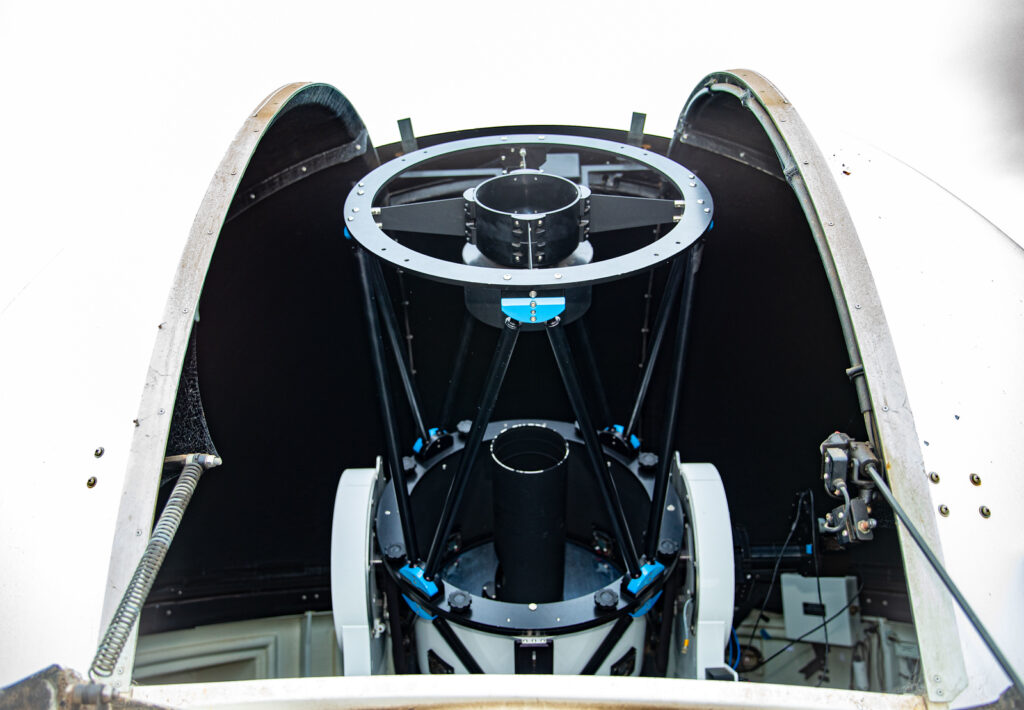In a world accustomed to instant messaging, it may come as a surprise that our conversations with satellites and spacecraft are stuck in the dial-up days.
But that’s all about to change, thanks to a collaborative effort from the University of Western Australia, the Australian Space Agency, and the WA Government.
The ground-breaking TeraNet project will transmit high-speed data to and from objects in space. It’s powered by three ground stations in WA and is one of the first of its kind in Australia.
According to project lead Dr Sascha Schediwy, TeraNet will play a critical role in supporting space missions.
“It’s about supporting all these different customers and space missions in low Earth orbit,” says Sascha.
“And then also being capable of advanced communications for things like NASA’s Artemis missions to the Moon.”
THE NEED FOR SPEED
Dr Benjamin Dix-Matthews is a Research Associate at the University of Western Australia.
He says the most exciting aspect of the project is the transfer speed it will enable.
“Each of these optical ground stations is essentially a large telescope,” says Benjamin.
“With those telescopes we can transmit light from the ground up to satellites and we can also receive light from satellites back on the ground.”
He says the light returning from the satellites is a critical component.
“It allows a way of transmitting information from those satellites in orbit very quickly down to Earth at the same speeds that you can achieve with fibre-optic networks.”
THE REAL SUNSHINE STATE?
Why has WA been chosen for the TeraNet project?
It comes down to our climate and prime positioning.
“Many other optical ground stations are in the northern hemisphere,” says Benjamin.
“Occasionally the satellites are going to dip below south of the equator, and when that happens, a lot of those northern ground stations lose sight of the satellites.”
“Another reason why Western Australia is excellent for these sorts of ground stations is that we have very low cloud cover, and clouds block the optical signals that are transmitting down from space.”
FASTER SPACE DATA
So why do we need high-speed data transfer from space?
“Right now, we have these awesome sensors up in space that are taking high-quality images,” says Benjamin.
“Those satellites are incapable of getting the full resolution images down to Earth.”
But it’s not just high-quality images. The faster data transfer will increase the accuracy of weather tracking stations, benefit farmers and even help during natural disasters.
“TeraNet will facilitate things like weather tracking stations, or satellites that track crop growth for agriculture” says Benjamin.
“Even satellites that are taking hyperspectral – or wide wavelength-sensitive pictures – of bushfires that can see through smoke.”
“Natural disaster application is definitely one of the motivating applications behind our work.”
As for when we’ll see results, the team hopes to start downlinking from satellites in about a year, and the complete network should be up and running within three years.












